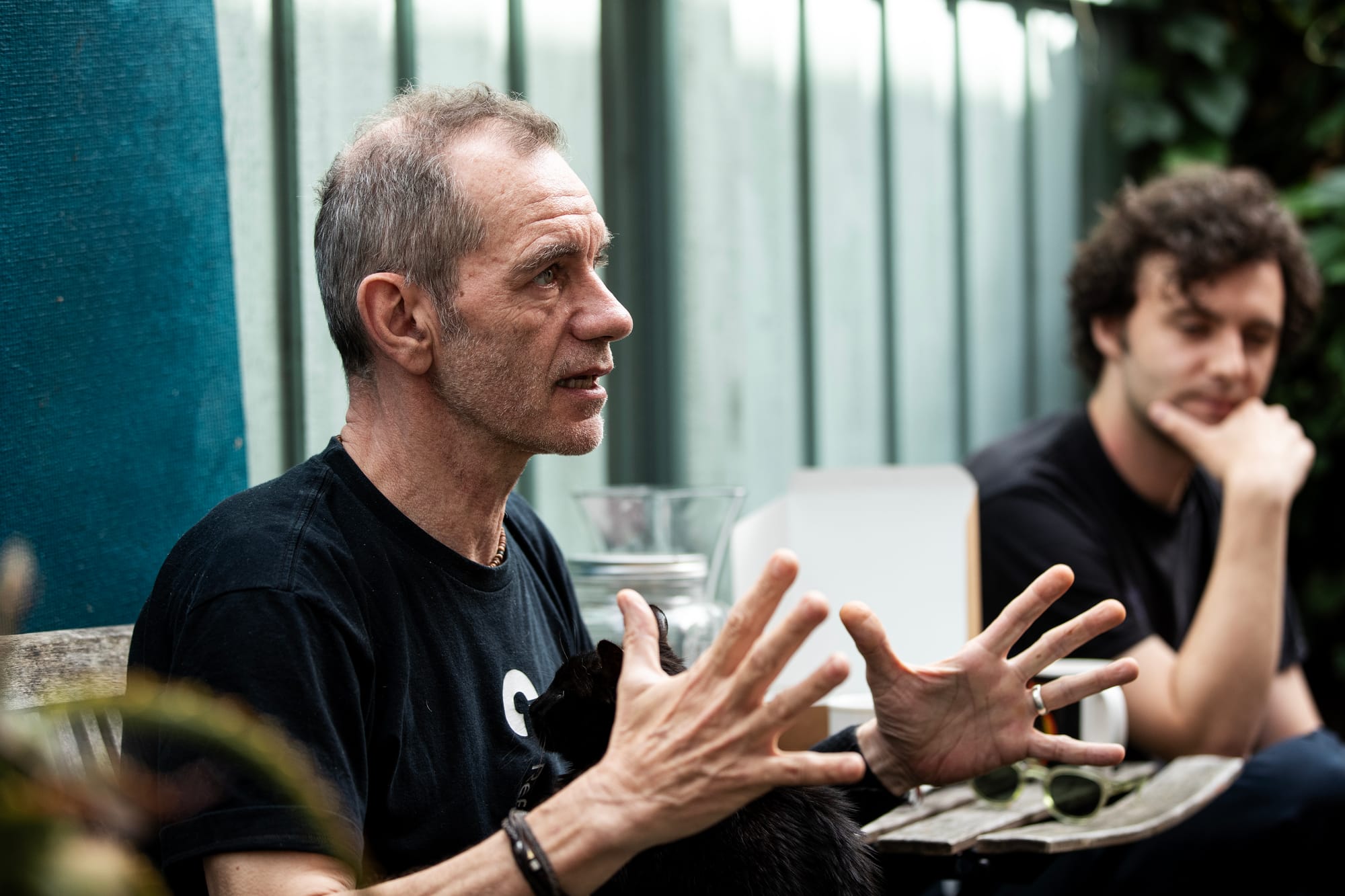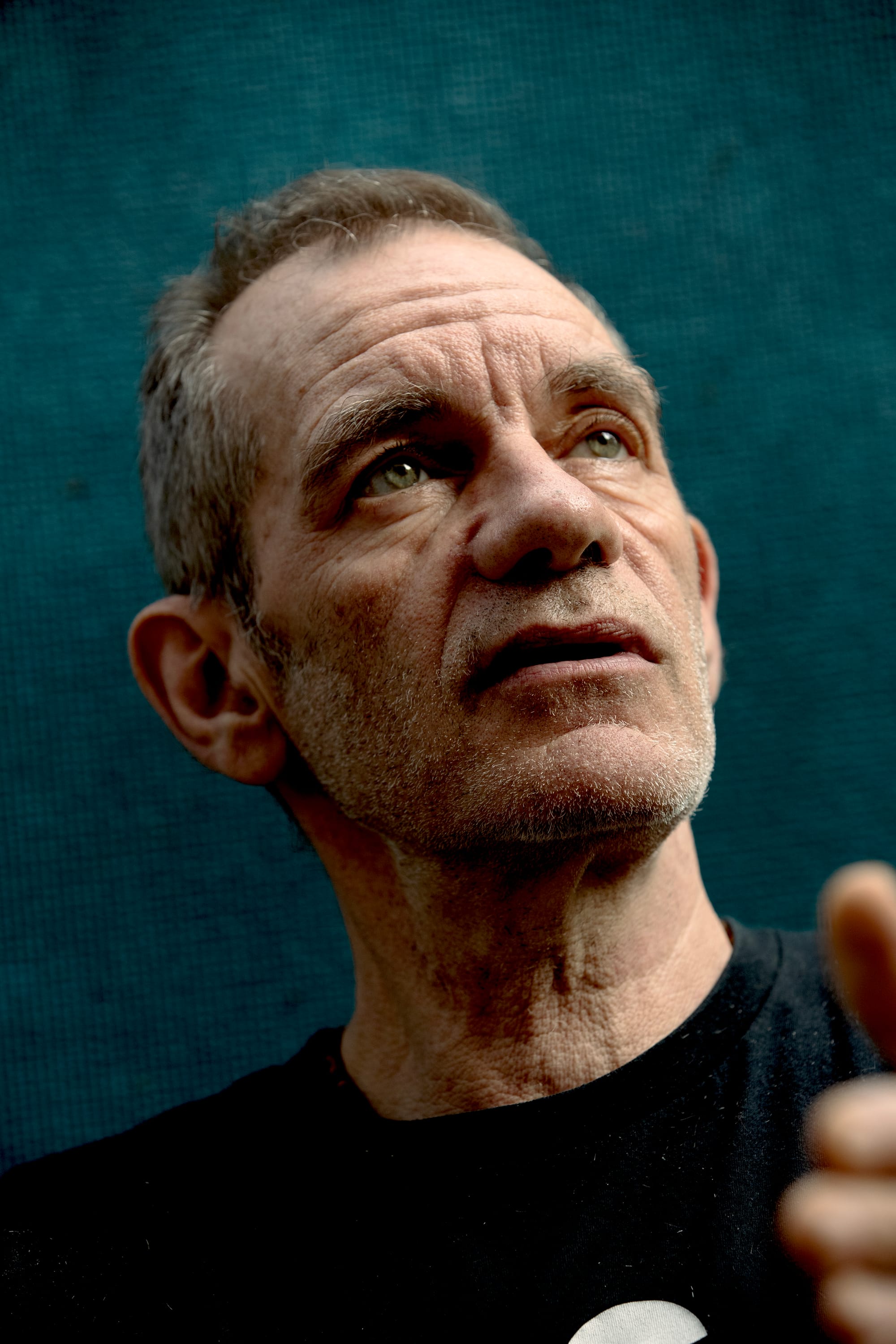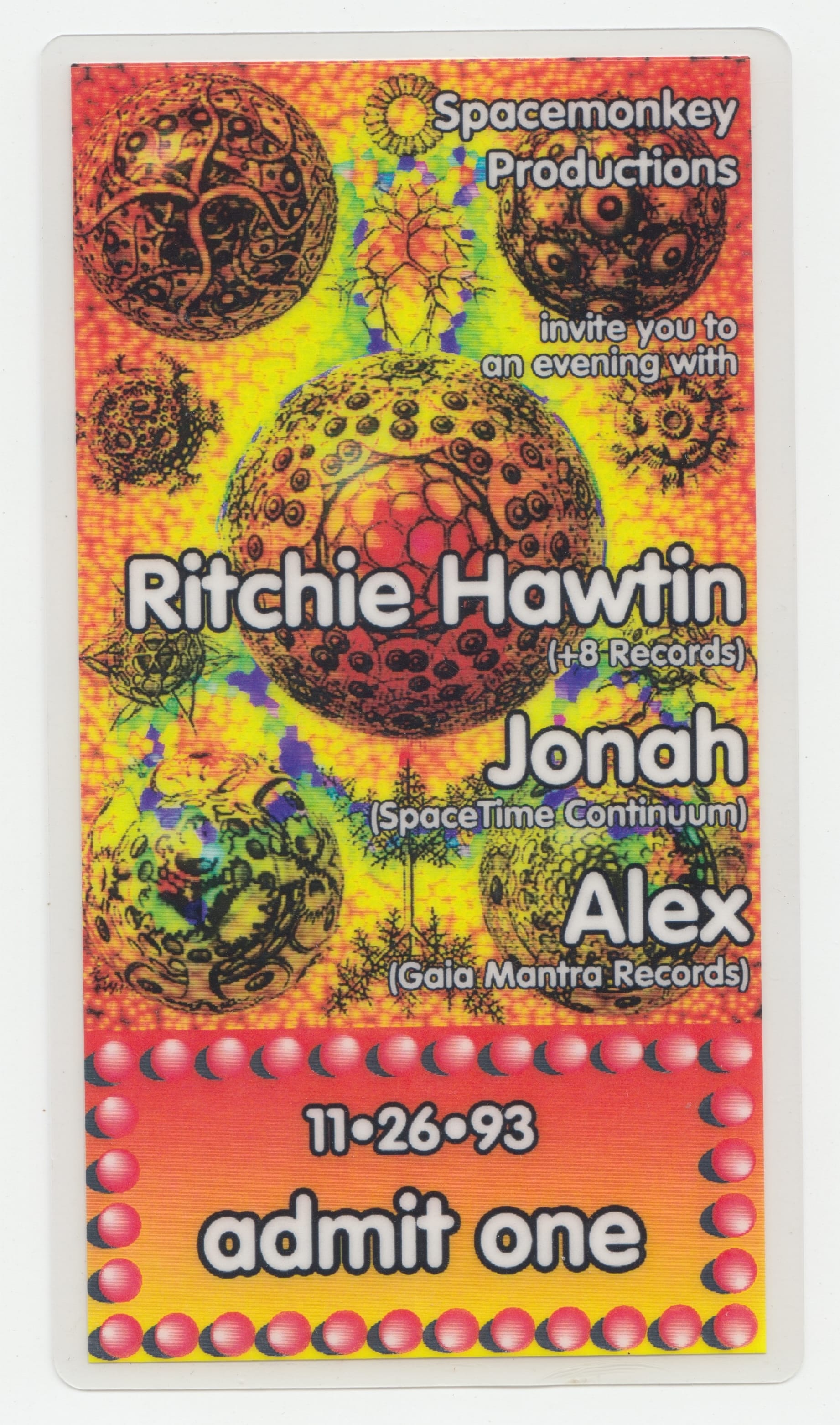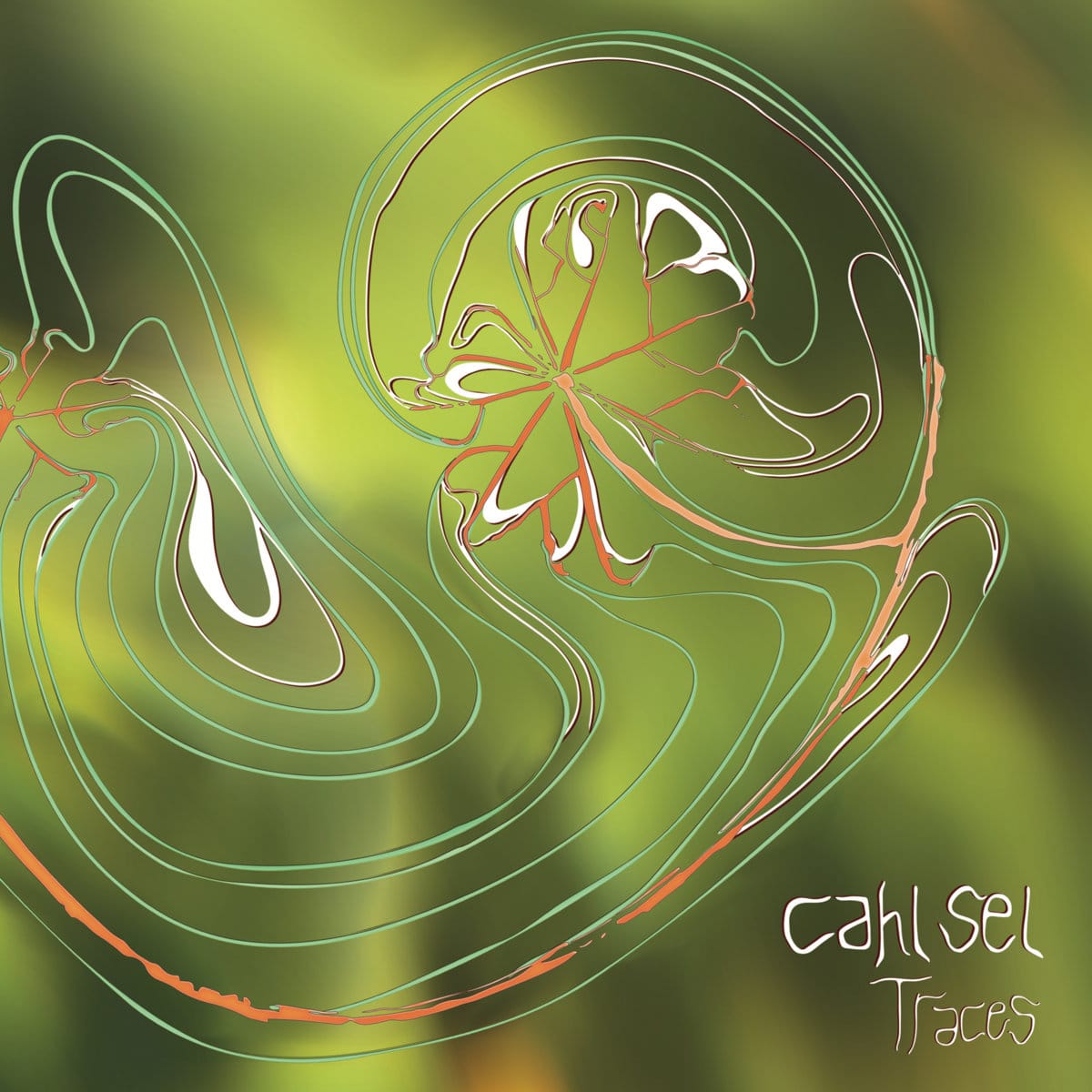Intergenerational electronics: Spacetime Continuum & Cahl Sel
A longform interview on Cahl Sel's new album, Reflective Records, live performance, West Coast rave history, and more.

On one of those trips, I landed on Spacetime Continuum's Sea Biscuit, probably because I had been listening to Darren Aronofsky's "Pi" soundtrack on repeat. Entranced by the sand dollar on its cover—a familiar sight for anyone who grew up near California beaches—I took it home and dove in.
Sea Biscuit is a masterpiece of '90s ambient techno, an extraordinary trip through psychedelic sound, one of the discs I'd bring with me to a deserted island. Afterwards, I began exploring Sharp's discography, including dozens of collaborative works, and he quickly became one of my favorite artists.
At some point or another, I realized Sharp was a San Francisco legend, and through his record label, Reflective Records, was instrumental in establishing a California analogue to some of the so-called "IDM" sounds I had known and loved. Later, I caught him performing live someone called Cahl Sel, who I learned was his son Jasper. (That gig was their first collaborative live set together, as they explain below.)
Recently, Reflective Records resurfaced after a hiatus, releasing two EPs by Cahl Sel. I was hooked on first listen—Sharp the younger is clearly working in the broad tradition of melodic West Coast electronica that Sharp the elder helped establish, but with a voice and approach all his own. I soon learned his debut album, Traces, was to be released in September, and I reached out to arrange an interview with both him and his dad, one of the only intergenerational duos of electronic musicians I know of.
All of this to say, this interview was a long time in the works for me, and I'm proud to publish it. It's cobbled together from two separate conversations: Jonah and Jasper together at Jonah's home in San Francisco, and a subsequent conversation with Jasper solo (in purple).
This is the first interview I've published that features original photography, thanks to my very talented dear friend Luke Abiol. Additionally, a slew of vintage rave flyers are included below, likely never before published, sourced from Jonah's archive. I'm extraordinarily grateful for the generosity of Luke, Jonah, and Jasper in making this an extra-special read.
This is a long conversation, so strap in and listen to Jasper's new album while you read. Enjoy!
Jonah Sharp
[We started Reflective Records] in '92 or '93, here in San Francisco. [The first release] was my record, Flurescence. A white label, but we had a stamp on it. We did a die cut hologram sticker, too. I had the stickers made and then put them together, manually. Back then, [we pressed] 1000 records—people were doing [runs of] 5000, and we did 5000 subsequently, which is kind of amazing.

Jasper Sharp
We relaunched [Reflective Records] in 2022 with the two Cahl Sel EPs I recorded. We found a box of old holograms [from the early Reflective releases]. We had just enough [of the holograms] to put them on 300 copies [of the first Cahl Sel EP]. So those holograms are, like, as old as I am.
I had been recording a lot of music, and in 2021, finding the holograms [inspired us to relaunch the label]. I also really wanted to learn the mechanics of [how record labels work], production and everything.
[Traces, the new Cahl Sel album] is pressed in California, which is pretty cool. I think old Reflective records were pressed at RTI, which is also in LA.

The songs that are on Traces, I wrote in the span of maybe four months, something like that. But it's taken me years to actually feel good about it and mix it—all the source material was recorded years ago.
[When I was writing the album,] I hadn't released anything publicly at that point. So, I didn't really have any big plans for the material [that became the album], but it was recorded at the same time, and it all kind of made sense together.
The tracks on the album aren't chronological, but some of them, I look at it as sort of like an auditory diary—like the first few tracks were recorded really closely together. My dad did have some input on moving the track order around more recently, so there's that aspect to it as well.
Jasper
We're for sure still figuring stuff out. The last three releases, since we relaunched, I've just been learning so much every time. It's a lot of work, but I really enjoy it.
Jonah
The goal is to get the label back into production mode, being consistent. Right now, there's a lot of stuff I want to put out. I've got stuff [planned] with David [Moufang, aka Move D], rEAGENZ, kind of like a family thing right now. But I'm totally open to working with other people.
[Jasper] grew up around [electronic music], and I've always been in the house, making lots of noise. So that's what they know. I mean, Jasper was coming into my studio when they were this big [places hand a few feet above the ground]—I've got pictures and everything.

[Jonah turns to Jasper]
When did you start coming in? You were 16, 15, 14. I mean, you got Ableton going really early on.
Jasper
When I started high school, I remember it was all in the box, just samples. I got Ableton—you gave me Ableton because I was going to the Ruth Asawa School of the Arts, and I was in the media department, and I was using plugins to make sound design, stuff like that.
I was in the film program, and that was kind of what started it. That's how I started making electronic music.
Jonah
You were kind of doing hip-hop, when you started.
Jasper
Yeah. Kind of ambient stuff, too.
Jonah
They were in a band—[my] kids.
Jasper
I think our first real gig was the Great American Music Hall, opening for Dani Siciliano. She has her own solo music, but I think a lot of people know her because she was singing with Matthew Herbert.
